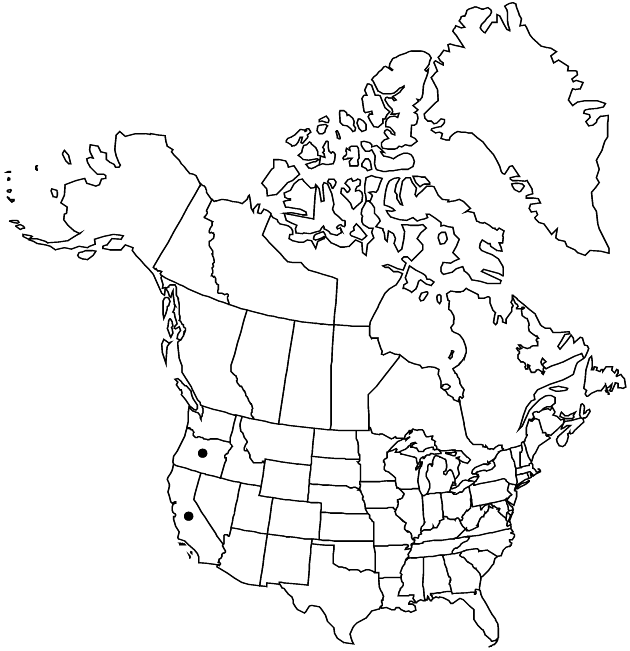Calycadenia truncata
in A. P. de Candolle and A. L. P. P. de Candolle, Prodr. 5: 695. 1836.
Plants 20–120 cm (sometimes robust); self-incompatible (herbage glaucescent, acrid-scented). Stems (usually reddish) usually branched (branches 1–15+, remote, arcuate-ascending, slender, arising mostly distal to midpoints of main-stems), glabrous or ± scabrous distally. Leaves mostly alternate, 2–10 cm (at least proximal), hispidulous to hispid and± long-hairy (at least margins and adaxial faces), sometimes with tack-glands. Heads in spiciform arrays (usually l–3 per node). Peduncular bracts ± narrowly elliptic, 1–12 mm (± glabrous or hispidulous to hispid, sometimes ± bristly and/or pectinate-fimbriate), apices ± truncate, tack-glands (0–) 1 (terminal). Phyllaries 5–10 mm, abaxial faces glabrous or sparsely strigose and/or long-straight-hairy, especially distally, shaggy-long hairy on distal margins, tack-glands usually 0. Paleae 5–10 mm (tack-glands 0). Ray-florets 3–6; corollas yellow, tubes ca. 2.5 mm, ± papillate, throats sometimes with red “eyes,” laminae (4–) 5–12 mm (central lobes smaller than laterals, symmetric, widest at bases, laterals asymmetric, sinuses less than 1/3 laminae). Disc-florets 3–25 (ovaries often sterile or of low fertility); corollas yellow, 4–6 mm (sometimes papillate distally, lobes± hirsute; anthers yellow, light-brown, or dark purple). Ray cypselae ca. 3 mm, rough-wrinkled, glabrous. Disc cypselae 2–4 mm, glabrous or ± appressed-hairy; pappi 0 or of 7–12 oblong, fimbriate scales, to 1 mm. 2n = 14.
Phenology: Flowering spring–fall.
Habitat: Dry, open hillsides, rocky ridges, talus
Elevation: 50–1500 m
Discussion
Calycadenia truncata is the most widespread of all of the taxa. It ranges from Jackson and Josephine counties in southwestern Oregon [reported by D. D. Keck (1960b) from Douglas County] in the Coast Range to San Luis Obispo County, California, and in the Sierra Nevada foothills south to Fresno County. It is also localized in sites in the Sacramento Valley.
Selected References
None.
